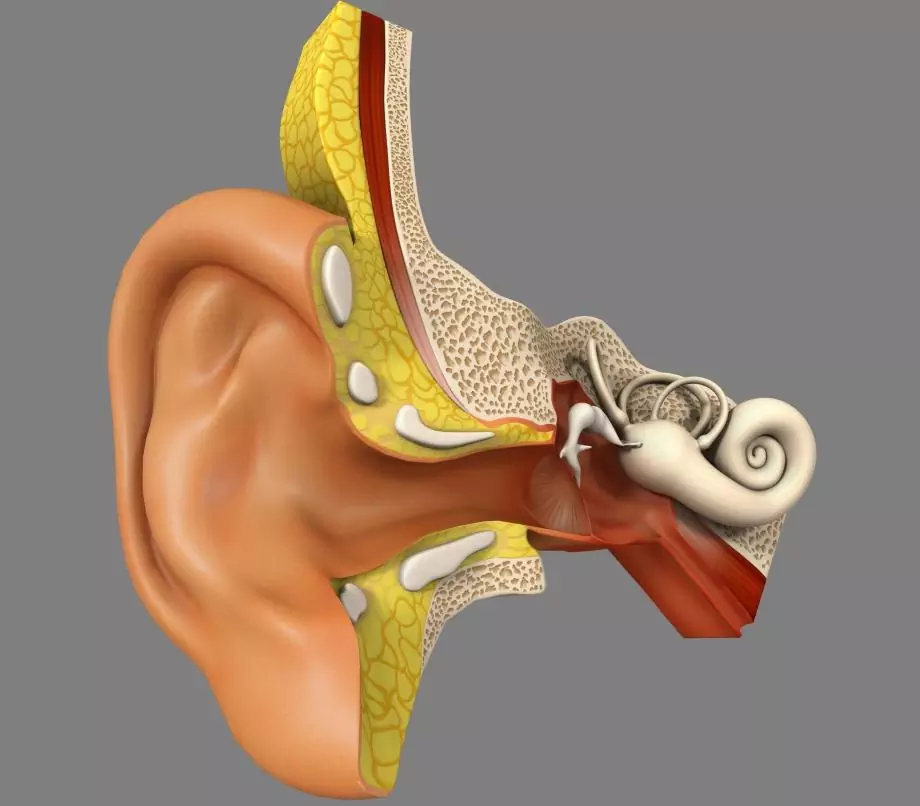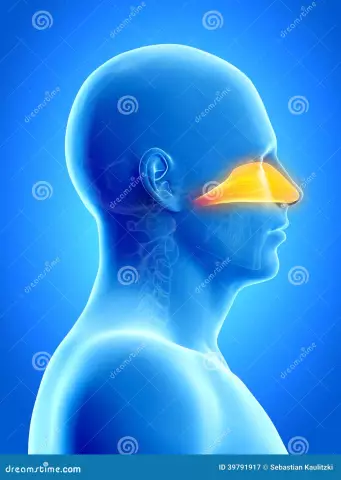Human organs
Last modified: 2025-11-02 20:11
The subclavian artery is a paired organ that is part of the systemic circulation and originates in the anterior mediastinum
Last modified: 2025-11-02 20:11
The organ of hearing is a paired organ of a person that serves to perceive and analyze sound vibrations
Last modified: 2025-11-02 20:11
The esophagus is the section of the digestive tract that connects the pharynx to the stomach. Consists of three parts, reaches 20-30 cm in length
Last modified: 2025-11-02 20:11
The nasal cavity is the beginning of the human respiratory tract, the air channel where the olfactory organs are located
Last modified: 2025-11-02 20:11
The penis is one of the external organs of the male genitourinary system, which simultaneously belongs to the urinary and reproductive systems
Last modified: 2025-11-02 20:11
The pancreas is a large organ of internal and external secretion that performs exocrine and endocrine functions
Last modified: 2025-11-02 20:11
The prostate gland is an organ that covers the urethra from all sides and produces a secretion that is part of the semen
Last modified: 2025-11-02 20:11
The metacarpal bone is a short tubular bone consisting of a base, head, and body. Located on the wrist, extends from the wrist in the form of a beam
Last modified: 2025-11-02 20:11
Ribs are paired flat curved bones that form the ribcage, the main function of which is to protect the internal organs
Last modified: 2025-11-02 20:11
The spleen is a lymphoid organ located in the left hypochondrium. The spleen enriches the blood with leukocytes maturing in it
Last modified: 2025-11-02 20:11
The phalanges of the fingers are formed in three parts, with the exception of the thumb, which consists of two. Fingers can be extended and flexed
Last modified: 2025-11-02 20:11
The spinal cord is a part of the central nervous system located in the spinal canal. Controls simple motor reflexes
Last modified: 2025-11-02 20:11
The trachea is the part of the upper respiratory tract that connects the bronchi to the larynx and serves to bring air into the lungs
Last modified: 2025-11-02 20:11
The tongue is a muscular organ that is located in the oral cavity and takes part in the formation of sounds, swallowing, stirring food














